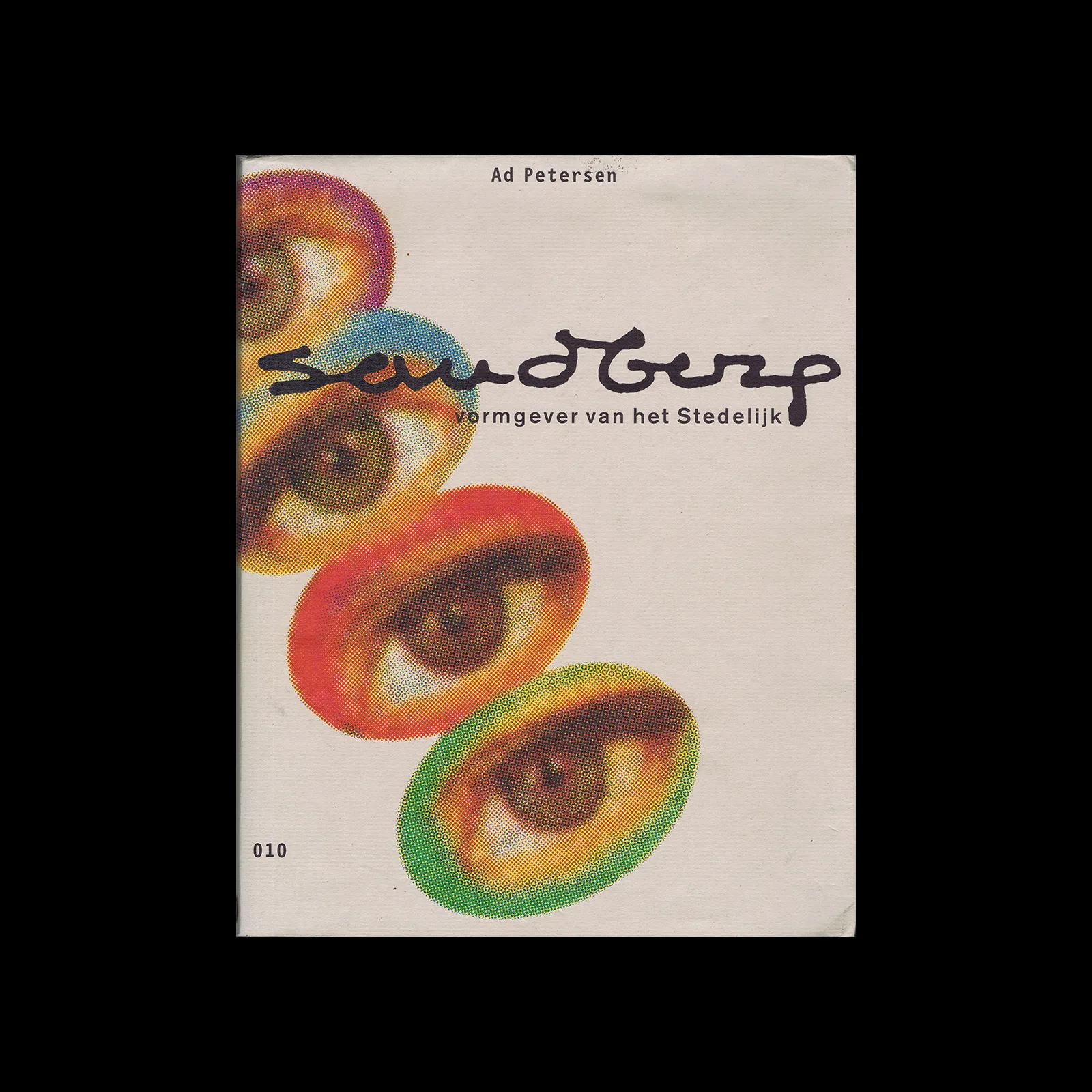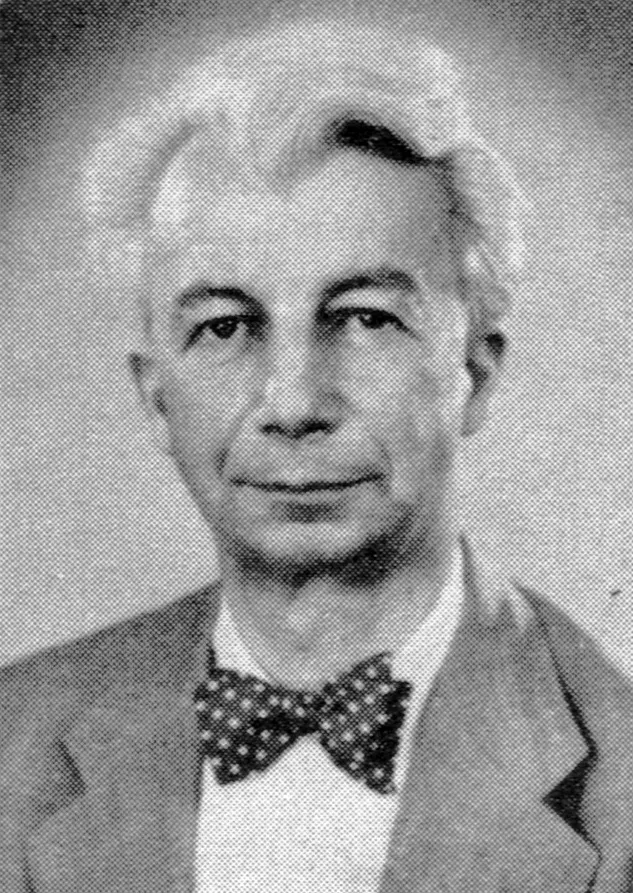This book shows, for the first time, all of Hans Hillmann’s film posters. Unpublished sketches and drafts from his estate along with commentary from conversations and interviews provide an insight into the creative process of the award-winning designer.


